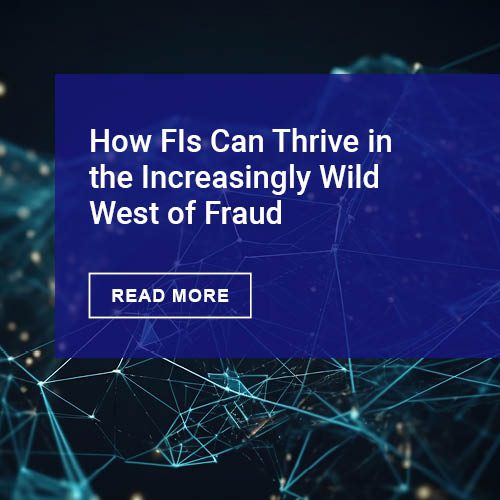It’s no surprise that digital transactions are a major focal point for those within the payments space. Digital payments have long been increasing in popularity and profitability, and the pandemic’s push for contactless payments only accelerated that trend. According to Finaria.it, the value of global digital payments is expected to reach $6.6 trillion in 2021, following a 22 percent pandemic-fueled increase.
To keep up in this rapidly growing space and meet the evolving expectations of an increasingly digital-first customer base, businesses need to offer safe, intuitive, and modern payment experiences. For many, this means working with processors and payment service providers to procure the right combination of services to build the desired technology stack.
Optimizing versatility and minimizing risk are essential for maximizing the profitability of these operations, but many payment service provider offerings can be narrow or limited—they prioritize convenience and simple implementations over comprehensiveness and flexibility. Yet not all organizations are familiar with the true impact of these limitations. When encountered as obstacles to achieving strategic initiatives such as expanding into new markets or geographies, they can stymie growth.
For example, as organizations grow, they might want to route transactions between multiple processors and gateways to reduce processing rates, enhance redundancy, comply with data residency requirements, enable cascading payments, etc. Unfortunately, most processor solutions don’t have the necessary flexibility to accommodate this crucial functionality.
Additionally, in the arena of payments security, many vendors approach protecting sensitive data as a secondary service. Data protection technologies are seen as add-ons, and they likely won’t be as robust or effective as what’s offered by those specializing in security. This can lead to uncertain security postures, inflexible integrations, and questionable performance.
To enable much-needed flexibility, organizations should look for services of a third-party data protection platform or similar technology that specializes in payments. This might seem counterintuitive, as traditional data security and protection methods often have been viewed as restrictive and non-revenue-impacting—something more akin to insurance. However, when implemented properly, technologies such as cloud tokenization can help modernize payments systems and actually add value to the organization.
Cloud tokenization in particular can be used to remove sensitive data from the environment, which can reduce compliance scope, the potential impact of a breach, and overall risk. Further, by selecting a platform that offers omnichannel acceptance, backend flexibility, and value-add third-party integrations, organizations are not just addressing the data protection problem— they’re also introducing the opportunity to increase the efficiency and profitability of payments streams.
In fact, using cloud tokenization in concert with fraud mitigation technologies such as management and prevention tools, strong customer authentication, and network tokens, can positively impact revenue by increasing authorization rates, reducing interchange fees, and eliminating chargebacks.
When combined with tokenization’s ability to minimize the impact of a breach and the cost and complexity of compliance, these benefits provide a comprehensive solution for payments security without the cons associated with traditional data protection. Additionally, it can provide access to more data and more third-party integrations, enhancing the overall value of a business’ data-driven operations.
Specifically, agnostic cloud tokenization maximizes the ability to optimize payment flows, providing the freedom and flexibility to work with any third-party provider and enabling better management of data and data-driven operations. This can help to control commerce and retain the value of the customer portfolio while simultaneously outsourcing the risk of storing sensitive data internally.
Being able to work with a combination of processors is linked with higher approval rates and other benefits that can add immediate value to digital transactions. This freedom in vendor selection is even more valuable when it comes to directing the user experience.
The flexibility offered by an agnostic provider allows for the design of an ideal customer experience without restrictions to a vendor’s given set of services or technologies. True customization and control in building out payments processing means organizations can create a frictionless checkout process to retain customers more easily and increase their lifetime value.
So, when pursuing a vendor evaluation or determining how to generate as much value as possible from digital payments, it’s critical to consider the bigger picture. Many payment processors promise low transaction fees, offer ‘free’ security services such as tokenization, or attempt to entice with a full suite of supplementary payment technologies.
However, these pitches rarely cover the fine print, which can include migration penalties and restrictions for adding processors or other third-party integrations, essentially creating an environment that is entirely reliant upon the processor for the operation of the digital payments landscape.
In choosing an agnostic, third-party security provider that prioritizes efficacy and flexibility, an organization can unlock the full value of data and data-driven operations while retaining the freedom to control its commerce.










